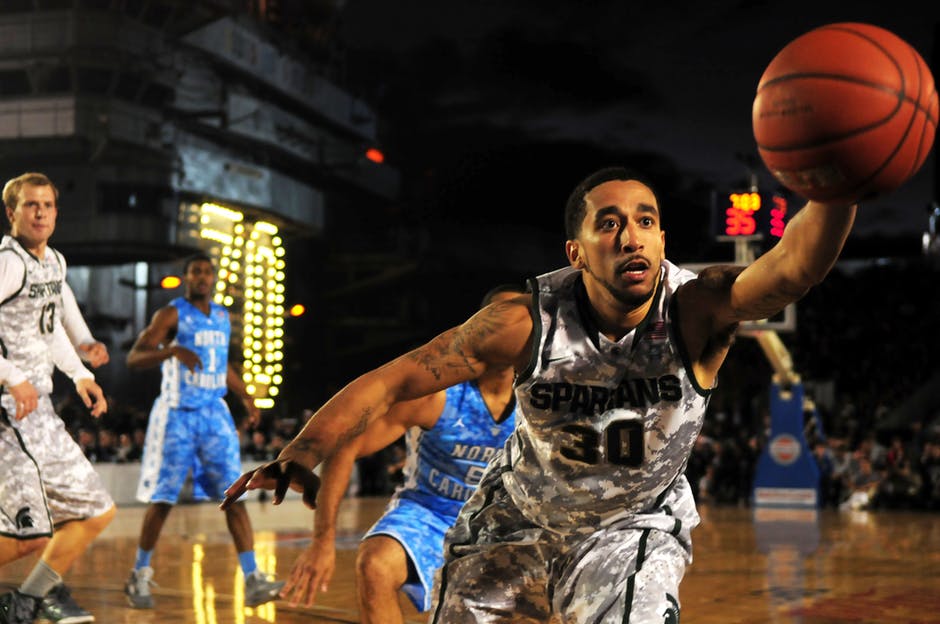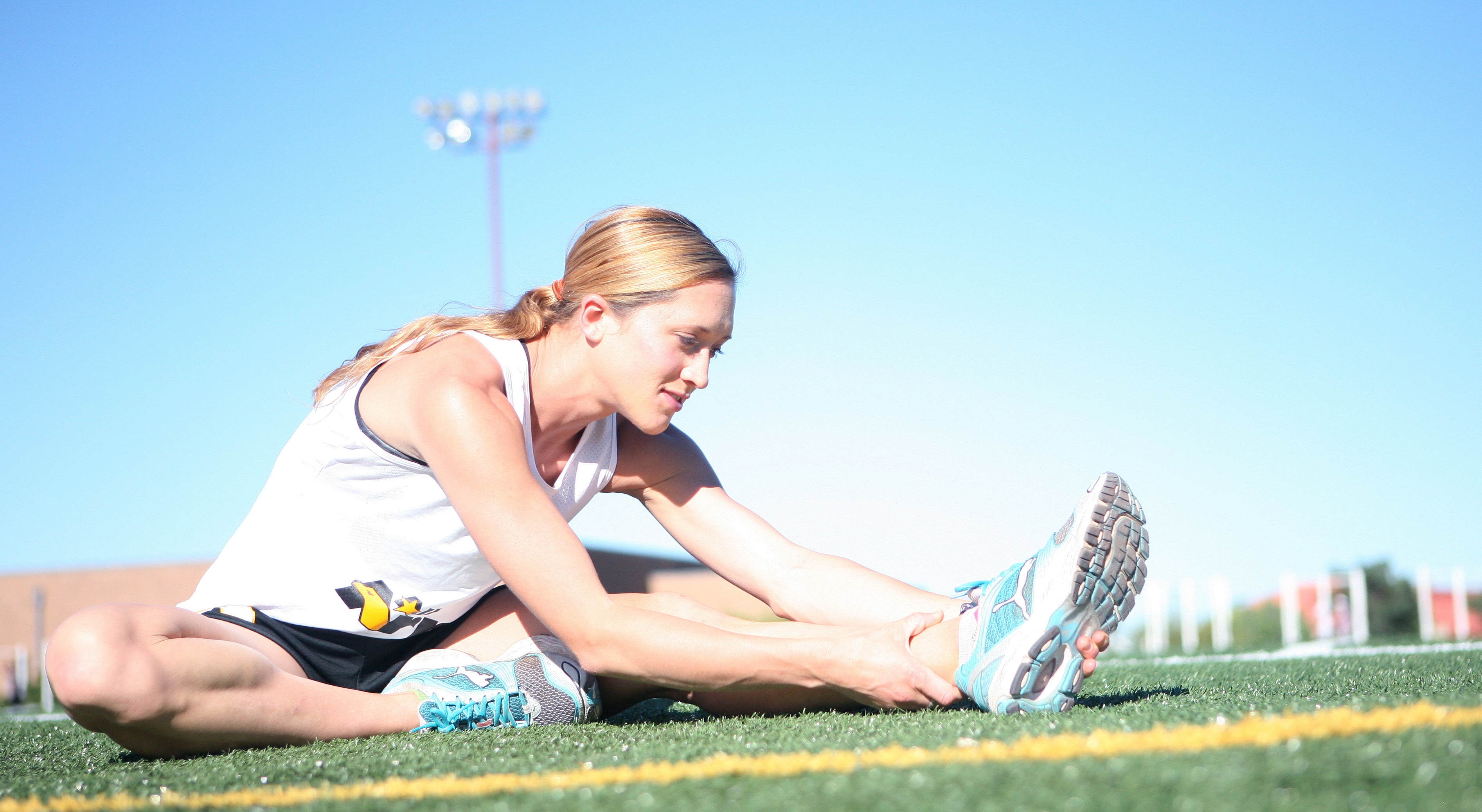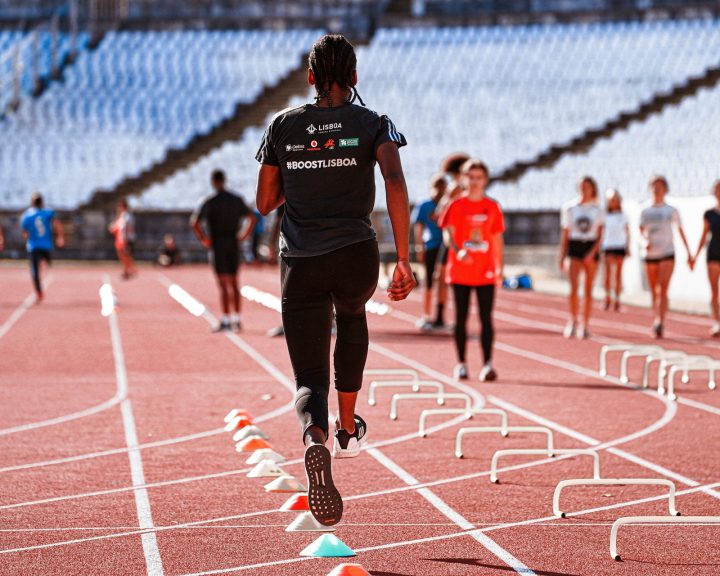Basketball has seen an explosion of the use of sport science over the last ten years. It’s not unusual for athletes to be using heart rate monitors and GPS trackers to get a sense of how they move in games, how they react to those movements, and to help drive the designing of strength and conditioning programs. While this works great for professional athletes, the technology is frequently out of reach of most coaches.
Basketball is a challenging sport to design metabolic conditioning programs for. It involves frequent stops and starts, changes of direction, and a combination of sprinting, jogging, and walking. The problem is that it is frequently a non-stop game so athletes do not get a lot of rest while playing the sport.
With that in mind, this article will describe a conditioning program to help an athlete get into shape for the sport of basketball. For these workouts, you’ll need access to kettlebells, a grass field, and a jump rope.
This program revolves around three different workouts. The first involves the kettlebells, jump rope, and core exercises. The second involves the grass field and sprints. The third can be done anywhere, but on grass is usually best.
Workout #1:
This workout is organized around a series of clusters. The idea is to perform each exercise in the cluster in order, for the specified times. Then the entire cluster should be repeated for a total of three times. After that, move on to the next cluster.
Cluster 1
Jump rope, two feet, 30 seconds
Two-handed kettlebell swings, 30 seconds
Plank, 30 seconds
Cluster 2
Jump rope, side to side, 30 seconds
Kettlebell cleans, 30 seconds each hand
Side plank, 30 seconds each side
Cluster 3
Jump rope, one foot, 30 seconds each foot
Kettlebell snatches, 30 seconds each hand
Crunches, 30 seconds
Total workout time: 20 minutes
With this workout, you can put 3-4 athletes in each cluster. For example, athletes 1-3 start on cluster 1, athletes 4-6 start on cluster 2, athletes 7-9 start on cluster 3. Once time is up athletes in cluster 1 move on to 2, athletes in 2 move on to 3, and athletes in 3 move on to 1. Athletes could each perform the same exercise at the same time (in which case you need 3-4 pieces of each equipment at each cluster) or they could each start off on a different exercise in each cluster.
For example, in cluster 1:
Athlete A is performing the jump rope
Athlete B is performing the kettlebell swings
Athlete C is performing the plank.
After 30 seconds they switch exercises.
Workout #2:
This workout is geared around speed and agility exercises. Next to each exercise is a time in seconds. This indicated the time until the next repetition is performed. For example, the exercise might be to run 20 yards, with 30 seconds next to it. That means that the athlete has 30 seconds to run the sprint and rest before having to run the next sprint. This series should be repeated twice.
Sprint 10 yards, 20 seconds
Shuffle to the right 10 yards, 20 seconds
Sprint 10 yards, 20 seconds
Shuffle to the left 10 yards, 20 seconds
Sprint 20 yards, 30 seconds
Backpedal 20 yards, 30 seconds
Sprint 40 yards, 45 seconds
Shuffle to the right 10 yards, 20 seconds
Sprint 60 yards, 60 seconds
Shuffle to the left, 10 yards, 20 seconds
Sprint 80 yards, 75 seconds
Backpedal 20 yards, 30 seconds
Sprint 100 yards, 90 seconds
Rest 120 seconds
This approach is very conducive to a team setting. All the athletes can train at one time and the coach is easily able to keep them all in view.
Workout #3:
This workout can be done anywhere, but outside on grass is best. This involves a circuit of bodyweight and core exercises. Each exercise should be performed for 30 seconds, in the order listed. The entire circuit should be repeated until it has been performed three times.
Squats
Jumping jacks
Crunches
Lunges
Mountain climbers
Cross-knee crunches
Crab walks
Bear crawls
Flutter kicks
Marches
Push-ups
Leg raises
Pull-ups
In a team setting, each exercise on the team can start off on a different exercise and rotate. This keeps everyone busy and makes oversight easy.
All of these conditioning sessions are conducive to a team environment. It’s easy to fit 10-15 athletes into each program and if there are more athletes simply add another exercise or two.
(Revised 8/5/24)




